https://www.youtube.com/watch?v=rFVnzrDIpYA
How to Solve PLL Parity on 4x4
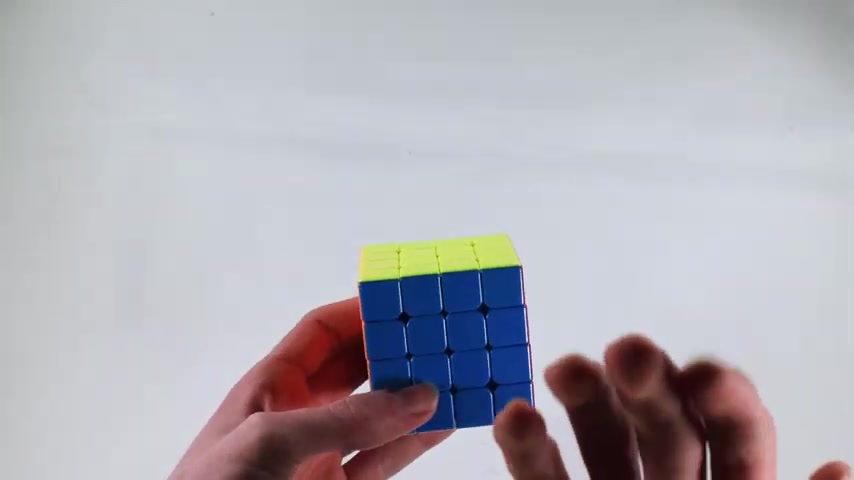
Hey guys , it is Corner here today .
I'm going to be teaching you how to solve Peel parody .
Now let me just first start off by saying I'm gonna be teaching the beginner's form of pl parody and then I'm gonna go ahead and move on to the advanced .
So if you're the beginner , this is gonna be really , really straightforward and you only need to save it for the first portion of this video .
And if you are more of an advanced one , you can go ahead and skip to that point in the video as I'm gonna re go through anything that is important in the beginners form at that point in the video .
So seriously , if you already know how to solve somewhat appeal parody , just just go ahead and skip to that part .
Like seriously , this is meant for like the right beginner starters .
So all you really need to know know for you beginners is one algorithm and this is the algorithm .
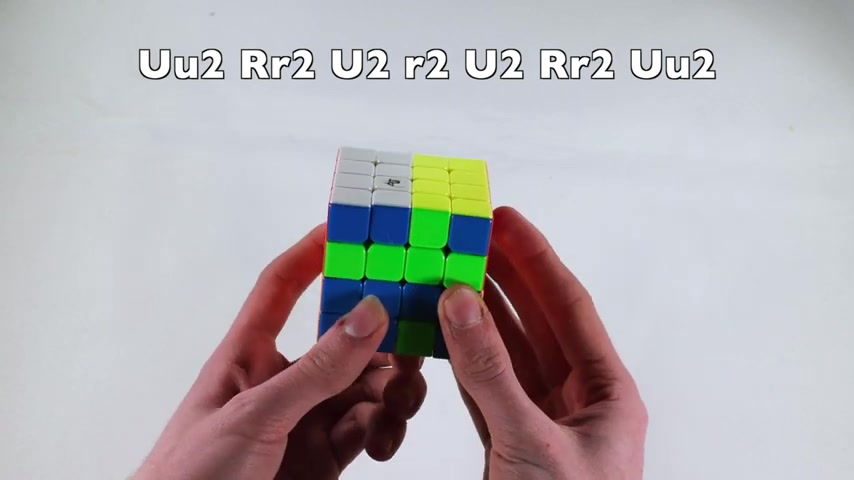
It is UU two RR two , you too lowercase R two , you too RR two , you , you too .
And that is the algorithm and it swaps these two edges right here .
An easy way to memorize this algorithm is look how it is mirrored .
For instance , you have UU two U two RR two U two lowercase R two and it's the same thing following backwards .
So then U two RR two UU two and then an easier way to memorize this is also remember that they're all double moves and it's only you and our moves .
So just remember that and that'll make memorizing this extremely easy .
And then um you , this is algorithm is all you need for whatever case you have .
As soon as you know , it's parity , just perform this and then solve the cue from there and then you're good .
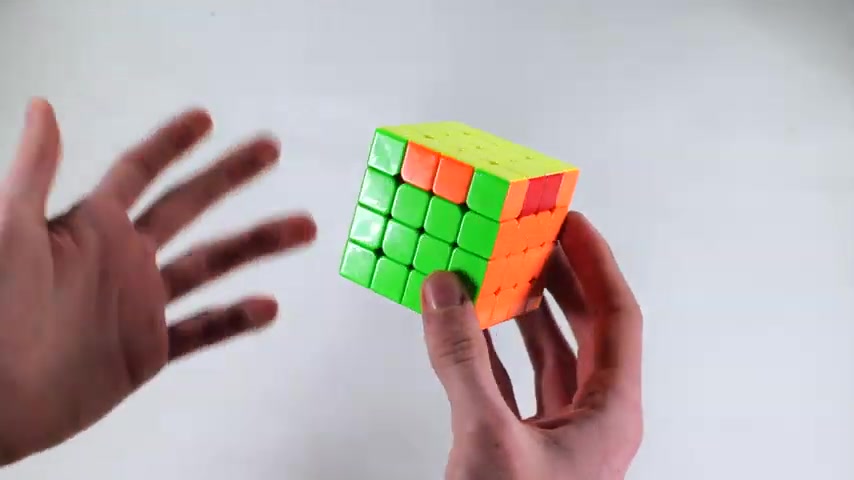
So for instance , let's say you have something like this .
Now , I know this is a little bit more advanced and if you don't notice that this is parity , that's completely fine .
Um And then all you have to do is basically just perform parity , the same algorithm that I showed you before .
And then you would just finish off with an el perm .
And let me show you a little bit more of an easier case .
So let's say you have something like this .
You know this , this is not a U perm , this is not a Z perm , this is not an H perm .
So what is this ?
You don't know , it's obviously parody and you're just gonna go ahead and perform the algorithm and then you can do is solve the upper I know that I was solving that pretty fast .
I don't mean to be a show off .
I'm just simply saying all you need to do is as soon as you realize you have that PLL parody , just perform that algorithm and then just continue solving it like radio three by three and you're good .
So that's why I was going fast .
There's really not much to touch on .
So that's everything for beginners .
And if you're a beginner , you can seriously just end the video off here if you want to .
But I'm gonna go ahead and start now .
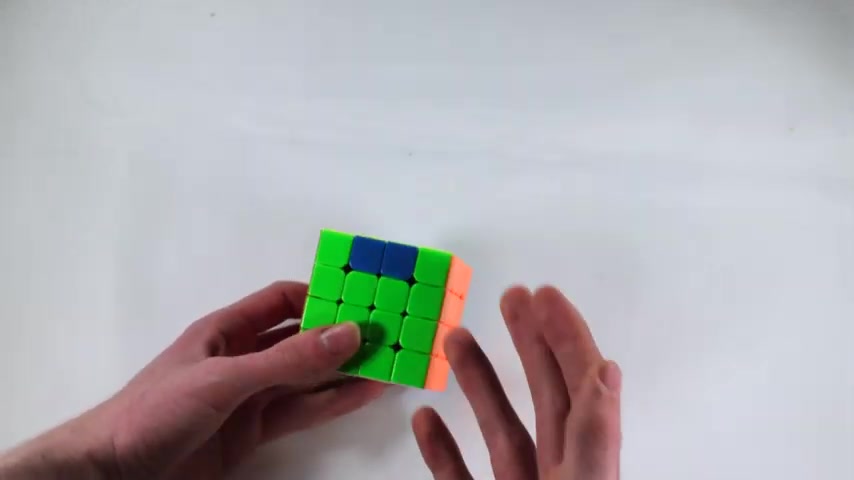
Moving on to the more advanced people for you advanced people .
You might recognize parity as this algorithm right here is when you have two edges across , but this is not true .
This is not the only version of PLL parody that you can have .
In fact , there are four different versions of PLL parody .
I will be showing you all four in just a moment .
But let me first real quick teach you the way how you are going to solve this case here .
This is technically the main parody case .
Um And I'll teach you the other three in just a moment , but there are four different ways how you can solve this case .
The first one is the one that I use , which I probably should switch .
I'll be honest .
Um It's just UU two RR two U two lowercase R two U two RR two UU two .
That's the one that I use another way of solving it .
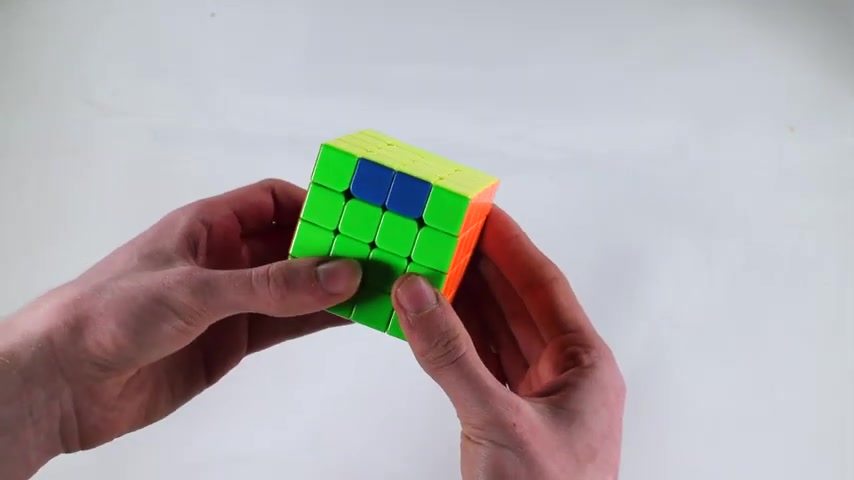
Um I pretty much know nobody that uses this version but it is UU two lowercase R two U two , lowercase R two U two , lowercase R two UU two .
I really know why a lot of people don't like it is because you don't want to consistently be doing lowercase R twos and it's really a hassle .
So don't use that if you don't like it .
The second case , which is a very , very popular amongst the speed cubers is this one ?
It is lowercase R two , you too , lowercase R two UU two , lowercase R two , lowercase U two .
And that's all .
And then that gets you to this case .
And of course , if you perform it again , it's gonna undo what you did .
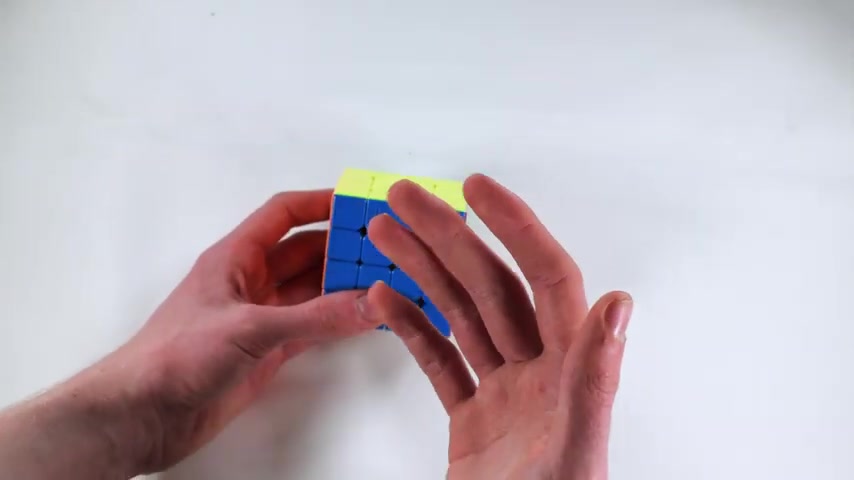
Now , whichever one of those algorithms you choose to use , just remember that algorithm quite well .
Um Because all three of the other cases that I'm gonna be showing you for PLL parody , you need to at least know one of those because they all include it .
The second version of PLL parody that I'm pretty sure everyone is going to be familiar with is this one right here .
It's instead of having them across from each other , they are kind of diagonal from each other to solve this , you're gonna face holding this side here and the other one , a side that is messed up on the right .
And the algorithm is going to be rur prime U and then you're gonna perform the parity .
So whichever parity case you chose and then you're gonna reverse those moves that you did before .
So U prime ru prime R prime and then that's solved it .
Then there is the adjacent corner version of this .
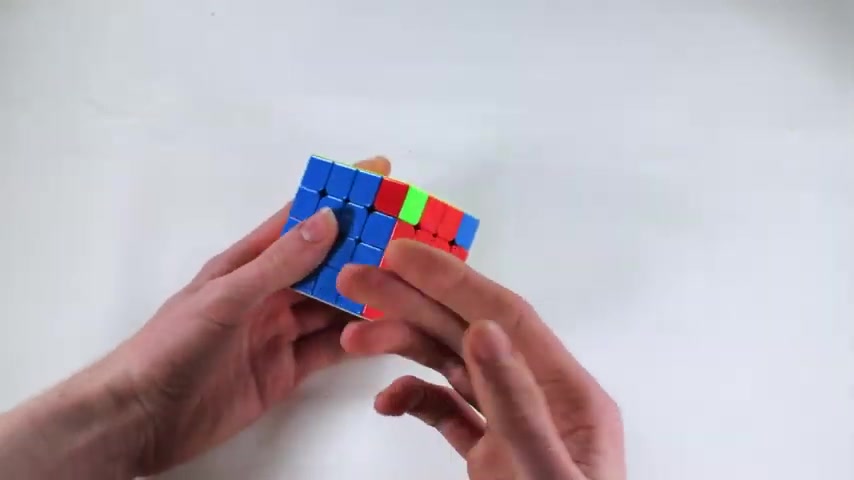
If you have this case , what you're gonna want to do is you're gonna start the advanced version of J perm .
So you're gonna do Rur prime F prime and then you're gonna do U and then you're gonna perform parody here .
So whatever parody algorithm you chose earlier and then you're gonna finish the algorithm by first doing your undoing your U move and then doing Rur prime U prime R prime Fr two U prime R prime U prime and it solved it .
And then the last version of the pol parody is when you have diagonal corners to solve this case , you can hold as long as if one of these messed up corners is on the bottom , right side here .
And you're gonna start by doing Y perm .
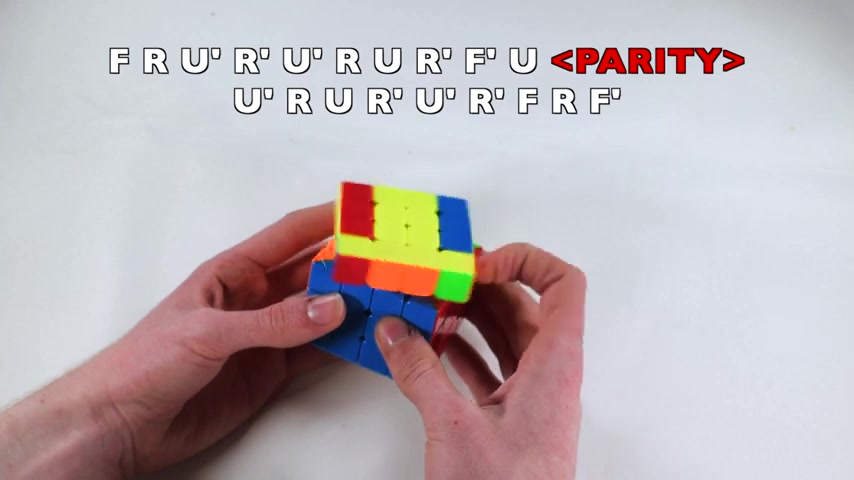
So Fru prime R prime U prime , Rur prime F prime and then you're gonna do U and then parity , then you do undo the U move so U prime and then you can finish the algorithm .
Rur prime U prime R prime FRF prime and it solved it .
Now , out of all of those cases , the first two that I showed you .
So swapping adjacently and then diagonally for edges are the two that you really are going to once remember for all PLL parody cases .
Now , there is actually ways of solving every single PLL parity case um for every algorithm using one .
But I am not gonna do all of those because I'd be way too long of a tutorial and I don't even know them all .
So I'm not gonna bother doing that .
I'm just gonna be teaching you ways of what you may find the easiest way of solving it .
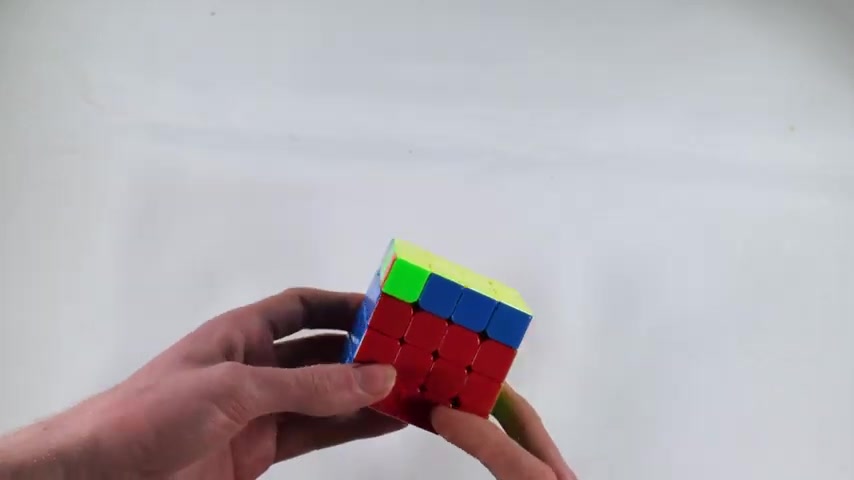
Um using this uh this method that I just showed you using all four of those parity cases .
So I think a perfect example would be taking a look at this case right here .
The point of this is to try keeping as many blocks as possible , the more blocks you have , the more um easier the PLL pair , the PLL algorithm is going to be .
So for instance , we look at this , we have all of these blocks all over the place here and you're probably wondering , OK , well , what's gonna be the easiest way of solving this ?
What I think you should do is get used to .
So don't learn to do start speed solving this yet , but get used to looking at what you have and trying to see what would be the best way of solving this using the parody cases I showed you .
But please only look at really the first two that I recommended with the edges So that way you don't have to worry about corners .
So for instance , let's look at these edges here .
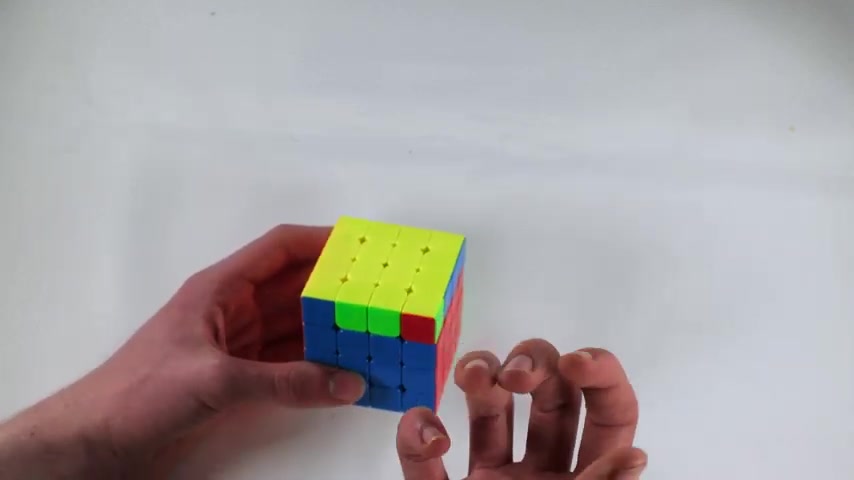
Um What I see as being the best case for solving this is by swapping adjacently here and here .
And let me show you why if we swap adjacently here , we end up with AJ perm .
If we swapped adjacently over here , instead we would end off with a G perm and that's not as good as AJ perm .
So as you can see swapping adjacently here is going to break up your blocks , well , then swapping adjacently here is going to lose this block , but create a new one here .
Now , then of course , if this , you don't like , like if you don't want to use that J perm , you could always try swapping these two here using the diagonal edge swap algorithm I showed you before .
So like this , I know I'm performing fast , I'm sorry .
Um And then of course , you have now an el perm instead .
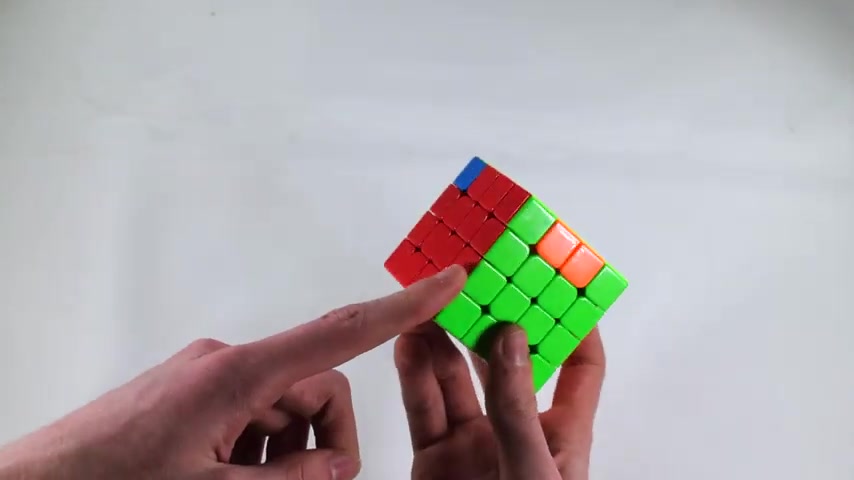
So as you can see , it's ultimately gonna be up to you as long as if you know those four algorithms that I showed , you try figuring out what's gonna be the best way of solving .
Another random example is say we have something like this , this is kind of all over the place and we have a block here , a block here .
And I would notice , well , we could swap these two adjacently .
So right here in here because this green would come here and we would have a full block right here .
So if we do that , we would then have AJ perm .
But if we swapped it across here , then we would have a G perm .
Now , let's take a look at a completely more wider idea of what you could have for a case .
It's a little bit more different .
Um We have these , this block here and then this block right here .
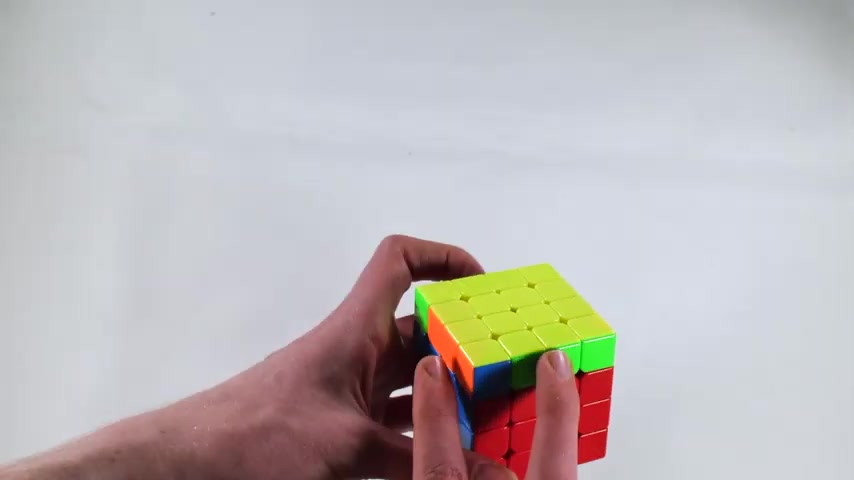
Um So if we were to swap adjacently here , that would get us an A perm and that's not very good .
But if we were to swap over on this side instead , that's gonna get us also an A perm .
So we're kind of stuck with an A perm here .
But what if we did this differently ?
So what if we didn't do adjacently ?
What if we did diagonally well , swapping diagonally here would just be breaking our blocks swapping diagonally here is gonna be breaking a block and getting us A G perm .
But what if we swap diagonally here if we did this performing the algorithm that I showed you before , this gives us AJ perm again , once again , J firms are gonna come up quite a bit if you are good with , um knowing where to put your blocks and J perms are ones you're gonna want to have because they're pretty fast at performing .
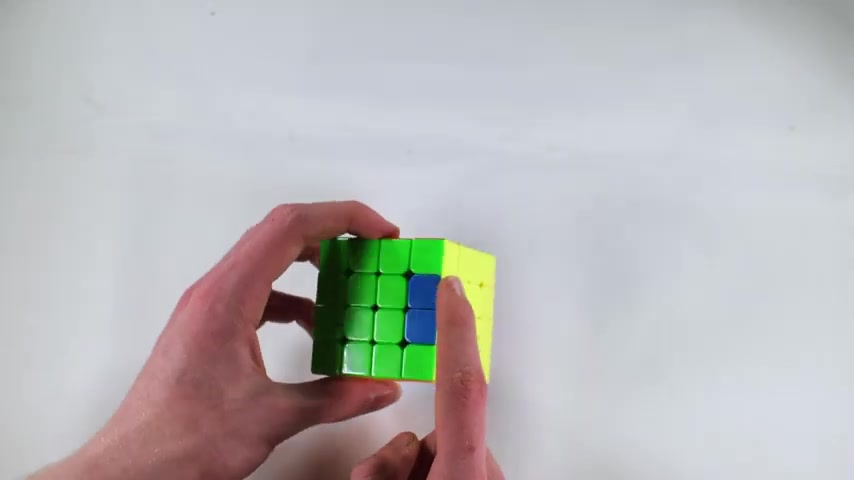
So let's take a look at this example right here .
We have this block here and this block here .
Now , one of the most best ways of probably solving this would be to swap these two edges right here .
Um This would be limiting this block but creating a block here .
And if we do this case right here , that's going to get us A T perm .
Also , uh I know I'm going fast , but once again , um these cases should be pretty obvious for you .
So speed , you shouldn't be paying attention to my moves , you should be paying attention to the algorithm .
Um And then this ends us off with a T perm , which is pretty good .
But another way of actually solving this case is actually swapping these two corners here .
And this is the only time that I would actually recommend um swapping these two corners and I'll show you why .
Um The main reason why you don't want to is obviously because it takes so long to swap 12 corners because I'm using AJ perm when swapping adjacently or A Y perm when swapping diagonally .
And the amount of time it takes you to do that is really generally not gonna be worth it .
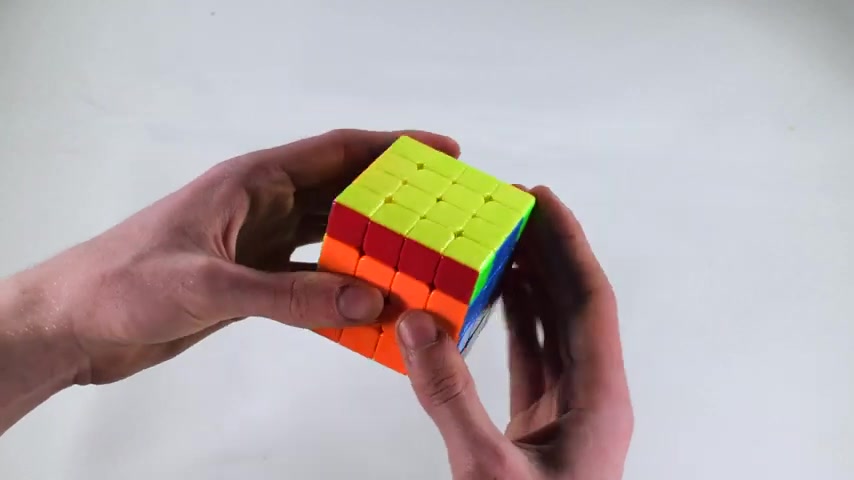
But when swapping these two here adjacently like that , we have a U perm which is pretty fast to um perform .
So the other , whichever one you want to do for the example that I showed you with using T perm or J perm , they're both gonna have pretty much an equal amount of time for an outcome .
So um I know there's a lot of other cases that there can be , but I really do believe that once again , this is really one of those things that you can experiment with and you get to really ultimately decide what you get to do .
Um And I think that that is something that's very benefiting when learning how to solve Rubik's cubes and things .
And then dancing is when you get to choose what you like to use .
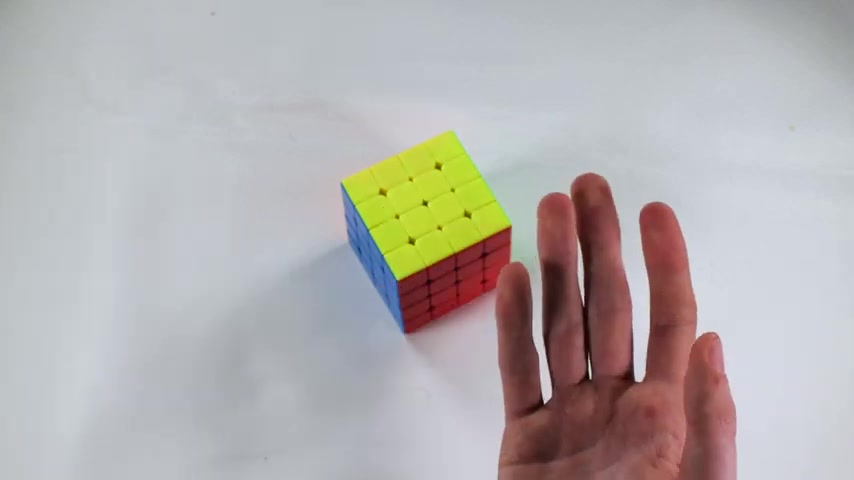
So I showed you the four main algorithms and for each case , you can decide which one you think is going to be best for each of those cases when something comes up and figure out how to do it on your own .
Um It's straightforward honestly .
So , but yeah , if you're having trouble or you have any questions , please feel free to ask your questions down in the comment section and I'll try to get back to you as soon as possible .
Um But yeah , that's everything for this video .
And if you found this video helpful , please remember to let me know by hitting the button down below and hit the subscribe button as well as those bell notifications to be notified when upcoming videos are released .
So , thank you all so much for watching and I'll see you all in my next video .
Are you looking for a way to reach a wider audience and get more views on your videos?
Our innovative video to text transcribing service can help you do just that.
We provide accurate transcriptions of your videos along with visual content that will help you attract new viewers and keep them engaged. Plus, our data analytics and ad campaign tools can help you monetize your content and maximize your revenue.
Let's partner up and take your video content to the next level!
Contact us today to learn more.